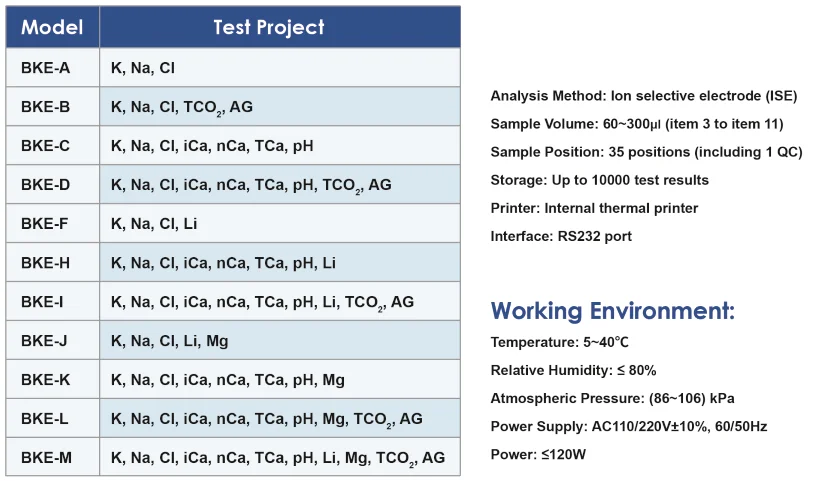

These constraints are pushing researchers to look for new redox couples and designs of RFBs. Despite the long cycle life (>10000 cycles, 10/20 years), these RFBs suffer from low operational potential (<2 V), low energy density, and narrow duty temperature range. The most diffused technology for RFBs are the vanadium redox flow battery (VRFBs). Indeed, energy and power are effectively decoupled. The main advantage of RFBs is the high flexibility in meeting the demand of the final user. The total power output, instead, is determined by the electrode plate area inside the stack and by the design of the reactor. Because the active species are dissolved in the electrolyte, the higher is the solubility of the active material, the greater is the capacity and energy densities. Therefore, the total capacity and energy of the RFB are related to the volume of the reactants contained in the tanks. The liquid components are stored in external tanks and are pumped through the reactor, where the reaction and the consequent ion exchange occurs. (1,2) An RFB is a rechargeable battery that stores electrical energy in two different soluble redox couples. One of the most suitable and used EES technology for this purpose is represented by redox flow batteries (RFBs). For this reason, the energy network necessitates the development of large electrical energy storage (EES) systems that level loads, shave peaks and improve the overall plant efficiency. However, all these sources connected to the power grid are intermittent and can be only partially forecasted. Indeed, the high ionic strength of the superconcentrated solution shields interparticle interactions and enables better carbon dispersion and connections.īoosting the shift to a low carbon society requires a large and widespread diffusion of renewable energy sources such as solar, wind power or ocean wave energy. For the first time, to the best of our knowledge, we demonstrate that besides their recognized high electrochemical stability, superconcentrated electrolytes enable more stable and electronically conductive slurry. A model that describes the complexity and heterogeneity of the semisolid fluids by multiple conductive branches is also proposed. The study was carried out by coupling electrochemical impedance spectroscopy (EIS), optical fluorescence microscopy, and rheological measurements. Slurries based on different concentrations of lithium bis(trifluoromethane)sulfonamide in tetraethylene glycol dimethyl ether (0.5, 3, and 5 mol/kg) at different content of Pureblack carbon (from 2 up to 12 wt %) have been investigated. Here, we report on the effect of the ion concentration of superconcentrated electrolytes on the electronic percolating network of carbonaceous slurries. Superconcentrated electrolytes are getting much attention for their wide electrochemical stability window that can be exploited to design high-voltage batteries. The electrical percolating network and electrochemical stability of the flowable electrodes are key features that are required to fully exploit the chemistry of the semisolid slurries. Semisolid redox flow batteries simultaneously address the need for high energy density and design flexibility.


 0 kommentar(er)
0 kommentar(er)
